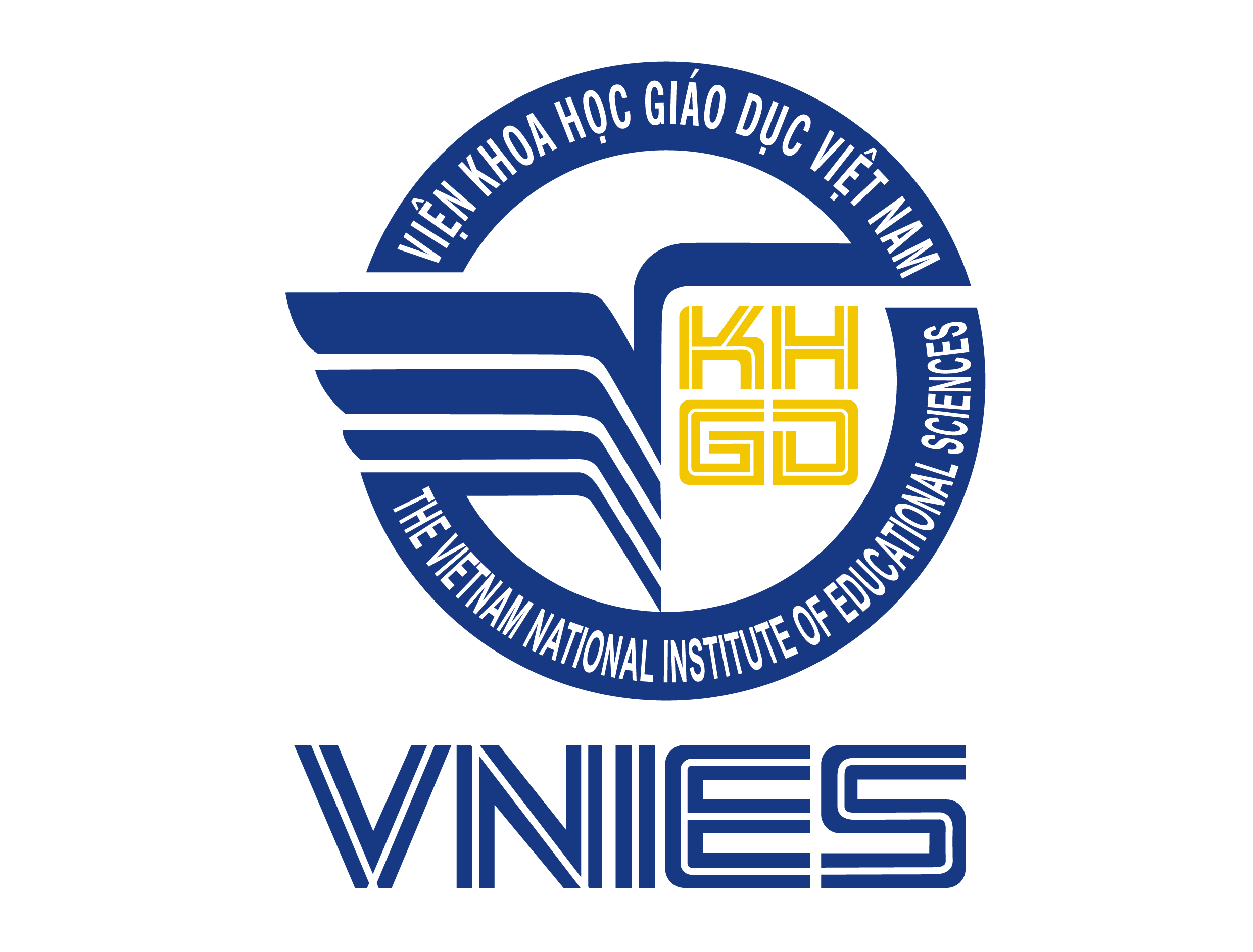[1] Amri, S., Budiyanto, C. W., Fenyvesi, K., Yuana, R. A., & Widiastuti, I. (2022). Educational Robotics: Evaluating the Role of Computational Thinking in Attaining 21st Century Skills. Open Education Studies, 4, 322-338. doi:10.1515/edu-2022-0174
[2] Anwar, V. N., Darhim, Suhendra, & Nurlaelah, E. (2024). Exploring the Characteristics of Digital Pedagogy Model for Developing Computational Thinking in Mathematical Problem Solving. Journal Teori dan Aplikasi Matematika, 8(1), 137-149. doi:10.31764/jtam.v8i1.17419.
[3] Angeli, C., & Georgiou, K. (2023). Investigating the Effects of Gender and Scaffolding in Developing Preschool Children’s Computational Thinking During Problem-Solving with Bee-Bots. Frontier in Education. doi:10.3389/feduc.2022.757627.
[4] Aytekin, A., & Topcu, M. S. (2024). Improving 6th Grade Students’ Creative Problem-Solving Skills Through Plugged and Unplugged Computational Thinking Approaches. Journal of Science Education and Technology, 33, 867-891. doi:10.1007/s10956- 024-10130-y.
[5] Ching, Y.‑H., & Hsu, Y.‑C. (2023). Educational Robotics for Developing Computational Thinking in Young Learners: A Systematic Review. Tech Trends, 68, 423-434. doi:10.1007/s11528-023-00841-1.
[6] Forsström, S., & Bond, M. (2024). Computational Thinking Assessment in Primary and Secondary Education: A Meta-Synthesis of Tools, Methods and Pedagogical Approaches. International Journal of Computer Science Education in Schools, 6(4). doi:10.21585/ijcses.v6i4.208.
[7] García-Valcárcel, A., & Caballero-Gonzalez, Y. (2019). Robotics to develop computational thinking in early Childhood Education. Media Education Research Journal, 63-72. doi:10.3916/C59-2019-06.
[8] Grover, S., & Pea, R. D. (2013). Computational Thinking in K–12 A Review of the State of the Field. Educational Researcher, XX, 1-6. doi:DOI: 10.3102/0013189X12463051.
[9] Grover, S., & Pea, R. D. (2017). Computational Thinking: A Competency Whose Time Has Come. In S. Sentance, E. Barendsen, & C. Schulte (Eds.), Computer Science Education: Perspectives on Teaching and Learning in School, pp.20-34. Bloomsbury Publishing. doi:10.5040/9781350057142.ch-003
[10] Giannakoulas, A., & Xinogalos, S. (2023). Studying the Effects of Educational Games on Cultivating Computational Thinking Skills to Primary School Students: a Systematic Literature Review. Journal of Computers in Education, 11, 1283-1325. doi:10.1007/s40692-023-00300-z.
[11] Jin, Y., & Harron, J. R. (2023). An Investigation of Inservice Teachers’ Perceptions and Development of Computational Thinking Skills in a Graduate Emerging Technologies Course. International Journal of Computer Science Education in Schools, 6(2), 1-20. doi:10.21585/ijcses.v6i2.165.
[12] Korkmaz, Ö., Çakir, R., & Özden, M. Y. (2017). A validity and reliability study of the Computational Thinking Scales (CTS). Computers in Human Behavior, 72, 558-569. doi:10.1016/j.chb.2017.01.005.
[13] Khine, M. S. (2017). Robotics in STEM Education Redesigning the Learning Experience. Springer Cham. doi:10.1007/978-3-319-57786-9
[14] Lai, T. M., & Vu, T. H. (2022). Using the “Entity - Combination” Model to Form “Computational Thinking” in Teaching Reading and Writing Descriptive English Text for Students of English Pedagogy. Vietnam Journal of Education, 10(22), 7-12.
[15] Liu, D., Huang, R., Chen, Y., Adarkwah, M. A., Zhang, X., Li, X., . . . Da, T. (2024). Robotics in STEM Education. In Using Educational Robots to Enhance Learning. Smart Computing and Intelligence (pp. 87- 104). Springer, Singapore. doi:10.1007/978-981-97- 5826-5_5
[16] Marín-Marín, J.-A., García-Tudela, P.-A., & DuoTerrón, P. (2024). Computational Thinking and Programming with Arduino in Education: A Systematic Review for Secondary Education. Heliyon, 8(10), Article e29177. doi:10.1016/j. heliyon.2024.e29177.
[17] Mills, K. A., Cope, J., Scholes, L., & Rowe, L. (2024). Coding and Computational Thinking Across the Curriculum: A Review of Educational Outcomes. Review of Educational Research, 1-38. doi:10.3102/00346543241241327
[18] Moher, D., Liberati, A., Tetzlaff, J., & Altman, D. G. (2009). Preferred Reporting Items for Systematic Reviews and Meta‐Analyses: the PRISMA Statement. Open Medicine, 3(2), 123-130. doi:10.1016/j.jclinepi.2009.06.005.
[19] Nga, N. T., Phương, M. H., Ngân, L. H., Trung, T. T., Vĩ, N. T., Sơn, V. H., & Cảnh, L. M. (2022). Giáo dục STEM Robotics ở trường trung học. Trường Đại học Sư phạm Thành phố Hồ Chí Minh.
[20] Ngan, L. H., & Bien, N. V. (2020). Designing a problemsolving competence framework in educational robotics [Xây dựng khung năng lực giải quyết vấn đề trong giáo dục khoa học robot của học sinh trung học cơ sở]. Educational Sciences, 65(7), p.185- 196. doi:10.18173/2354-1075.2020-0089
[21] Nguyen, N. H., Ho, C. H., & Nguyen, C. T. (2024). Factors That Can Affect Differences in Students’s Computational Thinking. TNU Journal of Science and Technology, p.146-153. doi:10.34238/tnujst.10388
[22] O’Kane, L. (2023, September 27). Compute primary computing. Retrieved December 31, 2024, from https://www.icompute-uk.com/news/ computational-thinking-2/.
[23] Pasterk, S., & Benke, G. (2024). Computational Thinking for Self-Regulated Learning. Proceedings of the 2024 Innovation and Technology in Computer Science Education V. 1 (ITiCSE 2024), 641-645. doi:10.1145/3649217.3653565
[24] Pou, A. V., Canaleta, X., & Fonseca, D. (2022). Computational Thinking and Educational Robotics Integrated into Project-Based Learning. Sensors, 22, Article 3746. doi:10.3390/s22103746.
[25] Yadav, A., Hong, H., & Stephenson, C. (2016). Computational Thinking for All: Pedagogical Approaches to Embedding 21st Century Problem Solving in K-12 Classrooms. TechTrends, 60, 565- 568. doi:10.1007/s11528-016-0087-7.
[26] Yang, S.-Y., Lin, Y.-C., & Lin, Y.-T. (2024). Improving Elementary Students’ Computational Thinking Skills through an Educational Robot Intervention: A Quasi-Experimental Study (Vol. 23). doi:10.26803/ ijlter.23.9.18


